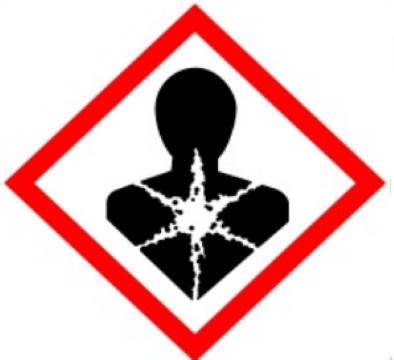
A field of science in Physics states, in Newton’s First law: “An object will stay at rest or continue at constant velocity unless acted on by a resultant force“.
No matter what mass an object is falling towards the Earth, science has found that they will fall at the same rate, if no resistance exists, and land at the same time.
So, how do these forces make skydiving, with a parachute, and science of gravity, chutes and drag – so popular?
Learning the Math of Falling
Calculations is done with use of the equations involving force, mass, and acceleration. Studies have shown that acceleration remains constant, for all matter with mass. This formula shows the most basic equation:
F=mg
The breakdown of this equation refers to the following:
F = force, objects being pulled to the Earth
m = mass of the object
g = acceleration rate due to gravity(g = 9.807 meters per second-squared (m/s2) )
Following mathematical rules will have us write out this formula as:
F= m x g
The use of this formula can get far more complex depending on which area of science, one is using it, such as in aeronautics, space sciences, engineering, etc.
The world of skydiving is a popular sport even though it can be a risk to one’s life. Not many can understand ‘why jump from a perfectly good plane?’ but there are enthusiasts who love the extreme sport of skydiving, or BASE jumping – sports requiring one to jump from a plane or off a fixed object (cliff). These are considered extreme sports and may require a fair investment of funds in gear and equipment since rental for a plane may not be anything to sneeze about.
Forces created in Skydiving
On topic, the meeting and creation of forces, involved with deploying a parachute. A person will jump out of a plane and find themselves falling through the skies, gaining speed along the way, since ‘a force of attraction exists between any two objects that have mass and the more mass they have, the greater the force of attraction. The closer they are, the greater the force of attraction will occur‘. I will hazard a guess that this particular stimulus creates a thrilling excitement not found in other sports, such as volley ball.
A parachute is deployed, and the chute creates a surface area, which slows the descent or rate of acceleration. This surface area creates ‘air resistance or drag force‘. The larger the surface area, the slower the descent. This ‘resistance or drag force‘ creates a force that’s opposite to the force of gravity therefore creating a ‘push and pull‘ force that are nearly equal.
Safety in Chute Deployment
The timing of deploying a parachute is important to note aka ‘pull altitude‘. This is due to a shrinking drag force. As one slows down, the drag force gets smaller even if the surface area of air resistance, is larger than one’s weight.
Also important is speed of the chute itself opening, therefore a deploying sequence with equipment is used, to prevent injuries, death or damage to the parachute. This helps to slow deployment of the main ‘canopy‘ along with maintaining a tangle-free ‘chute opening‘. Most skydivers will jump at about 12,500 feet above ground level, allowing for one minute of ‘free falling‘ before deploying their parachute, a minimum of 2000-2500 feet for the more experienced.
Differences between Skydiving and BASE Jumping
The gear and equipment for skydivers and BASE jumpers are NOT the same. BASE jumper gear is designed to deploy quicker and at slower air speeds. BASE jumpers do not have ‘reserve‘ chutes either as the skydivers equipment does. The science involved in these sports may be the same but both are definitely activities, not for the ‘faint hearted‘. Is this where I say being a sports spectator is safe?
Learning in Motion
Physics of Sky Diving
Extra Reading
Gravity Equations Formulas Calculator
United States Parachute Association
I hope you found this article informative. Please feel free to leave your comments, Share your thoughts! or Share this article. Use the ‘Ask a Question‘ form to send me a request on a topic of your interest, or to say Hello!
Related —-> Communications Satellites Orbit Fly By, what?
Copyright Article all Rights reserved. Ginsense creates and posts articles online about business development, micro business, health, science, technology and advocates on social issues.




